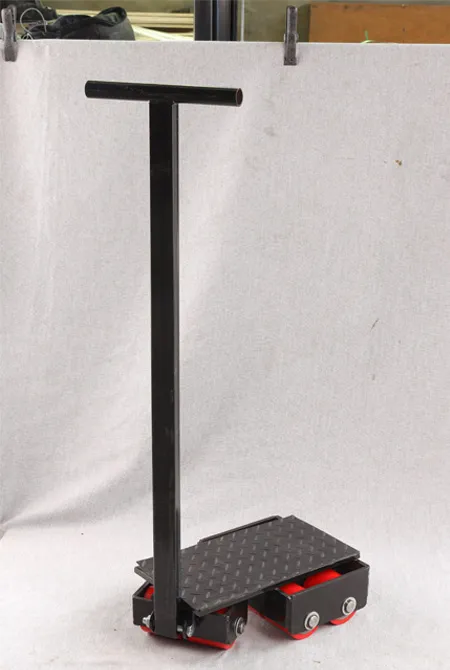Effective Below Hook Lifting Magnets for Heavy Duty Industrial Applications
The Advantages of Below-the-Hook Lifting Magnets
In the fast-paced world of industrial manufacturing and construction, efficient material handling plays a crucial role in ensuring productivity and safety. One of the most innovative solutions for lifting heavy loads is the use of below-the-hook lifting magnets. These devices provide various advantages over traditional lifting methods and have garnered significant attention in recent years.
What are Below-the-Hook Lifting Magnets?
Below-the-hook lifting magnets are devices that attach to cranes, hoists, or other lifting equipment, allowing for the secure transport of ferrous materials. Unlike traditional lifting devices, which may rely on slings or chains, these magnets use powerful electromagnetic forces to grab and hold onto metal objects. This method simplifies the lifting process and enhances safety and efficiency.
Key Benefits
1. Increased Efficiency One of the most compelling benefits of using below-the-hook lifting magnets is the efficiency they bring to material handling processes. Traditional lifting methods can be time-consuming, requiring multiple steps to secure and lift heavy loads. In contrast, magnets can quickly grab onto the load, allowing for seamless transition from one location to another. This rapid handling reduces downtime and increases overall productivity.
2. Enhanced Safety Safety is paramount in any industrial environment. Lifting heavy loads involves inherent risks, and manual methods can lead to accidents due to slippage, dropping, or misalignment. Below-the-hook lifting magnets eliminate many of these risks by providing a secure grip on the load. Additionally, operators can maintain a safe distance from potentially hazardous loads while the magnet does the work.
below the hook lifting magnets

3. Versatility Below-the-hook lifting magnets are incredibly versatile, capable of handling a wide range of ferrous materials, including plates, sheets, pipes, and even complete assemblies. This adaptability makes them suitable for various industries, including manufacturing, construction, scrap metal handling, and more. Furthermore, they can be used in indoor and outdoor environments, making them a valuable tool in many different settings.
4. Reduced Wear and Tear The use of magnets also reduces wear and tear on lifting equipment. Traditional slings and chains can experience significant wear over time, requiring regular inspections and replacements. Magnets, on the other hand, have fewer moving parts and do not suffer the same level of degradation. This longevity translates to lower operational costs and increased reliability in material handling operations.
5. Integration with Automation As industries move towards automation, below-the-hook lifting magnets can easily be integrated into automated systems. They can be controlled via remote systems or programmed into automated workflows, allowing for precision handling without human intervention. This capability enhances productivity and reduces the risk of human error.
6. Cost-Effective Solution While the initial investment for below-the-hook lifting magnets may be higher than traditional lifting devices, the long-term benefits often outweigh the costs. With increased efficiency, reduced labor requirements, and lower maintenance expenses, businesses can see a significant return on investment over time.
Conclusion
Below-the-hook lifting magnets represent a significant advancement in material handling technology. Their ability to enhance safety, increase efficiency, and reduce wear and tear makes them a valuable investment for various industries. As businesses continue to seek ways to optimize their operations, the adoption of these innovative lifting solutions is likely to grow. For companies looking to modernize their lifting practices, below-the-hook lifting magnets offer a compelling option that combines practicality with cutting-edge technology. Whether in manufacturing, construction, or any industry that requires lifting heavy loads, these magnets are undoubtedly a game-changer.
-
The Ultimate Guide to Heavy Machinery Moving EquipmentNewsAug.04,2025
-
The Evolution of Large Equipment MoversNewsAug.04,2025
-
Maximizing Efficiency with PML Magnetic Lifters in Industrial OperationsNewsAug.04,2025
-
Choosing the Best Small Gantry CraneNewsAug.04,2025
-
Innovations in Permanent Lifting Magnet TechnologyNewsAug.04,2025
-
How to Maintain Your Adjustable Gantry Crane for LongevityNewsAug.04,2025
-
PML 6 Lifting Magnet Troubleshooting GuideNewsJul.25,2025
